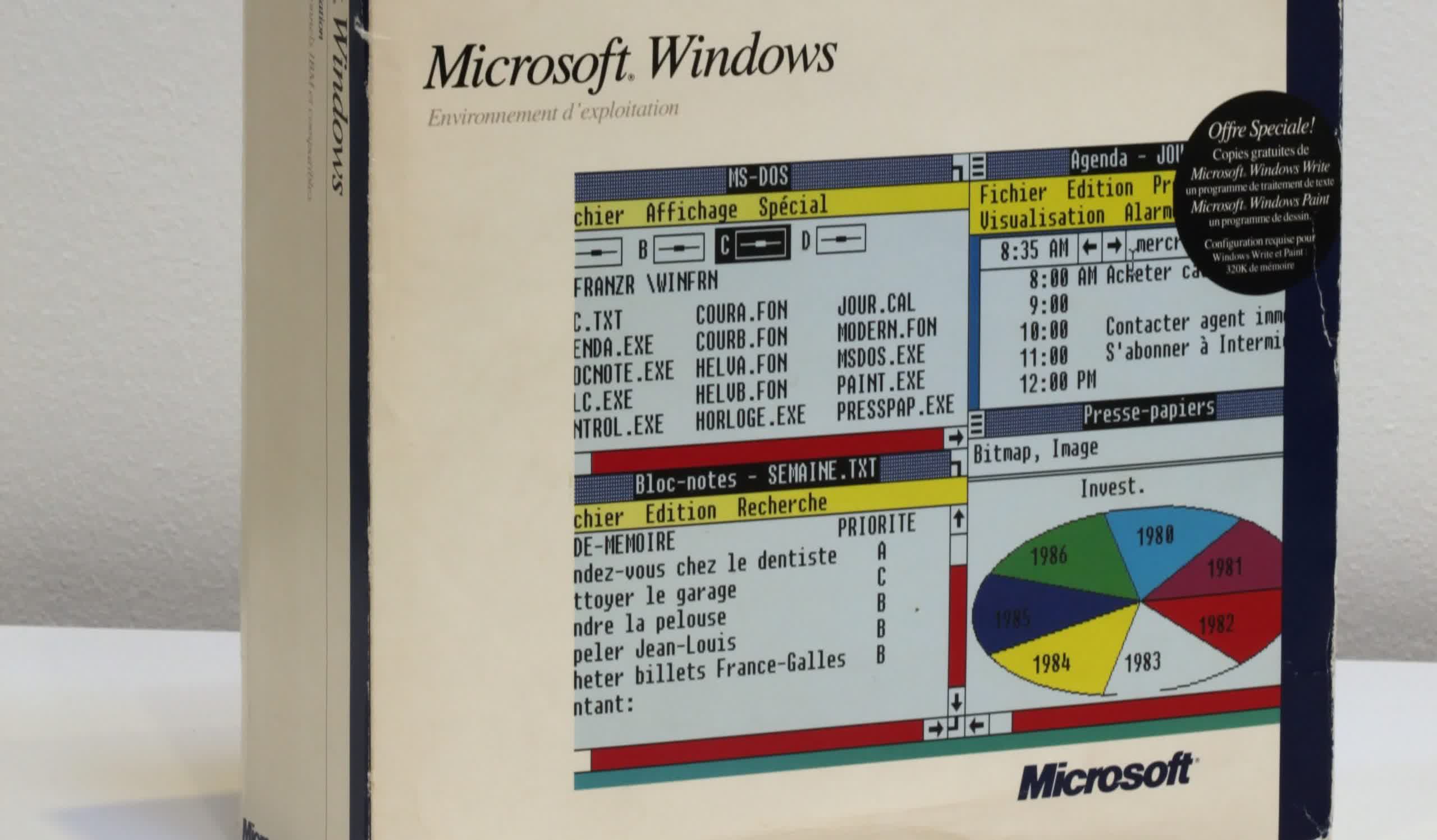What just happened? Almost four decades on, a hidden feature of Windows 1.0 has been found for the first time. It's an Easter egg saying "congrats!" that contains the names of the original Windows developers.

Lucas Brooks discovered the Easter egg inside of a bitmap of a smiley face while exploring the depths of Microsoft's first graphical OS. It's the only form of credits in Windows 1.0 and maybe the only acknowledgment of some of the developers that heralded the now-dominant consumer OS.
In fact, Easter eggs were first created to give credit to developers. In the early 80s, Atari didn't include credits in their games, so Warren Robinett hid his name inside a secret room. His boss, Steve Wright, defended the idea and coined the term "Easter egg" to describe it.
A few years later, Microsoft released Windows 1.0 in 1985. It wasn't yet tradition to include a credits page as an Easter egg, which might've been why the Windows team hid theirs well-enough that users wouldn't find it for another 37 years.
Which version of @Windows is the first to include Easter eggs? Windows 3.0? Nope. What if I tell you there is an Easter egg in Windows 1.0 RTM? This is what I have recently discovered: pic.twitter.com/dbfcv4r7jj
— Lucas Brooks (@mswin_bat) March 18, 2022
According to Brooks, the Easter egg was encrypted inside the bitmap that housed it so that even if a developer looked at the bitmap, they wouldn't see the Easter egg. And at the time, the tools to extract a bitmap from an NE (new executable) file didn't even exist.
In subsequent versions of Windows, from 1.01 to 3.0 and beyond, similar Easter eggs containing developers' names could be called up onscreen by pressing a sequence of keys. Brooks believes that a code like that also exists for Windows 1.0's credits, but who knows if we'll ever find it.
If you watched Brooks' video, you might've noticed an Easter egg inside the Easter egg. One of the developers whose name appears is Gabe Newell, Valve's co-founder and president. Newell dropped out of Harvard in 1983 to join Microsoft and worked on the first few versions of Windows before leaving the company with Mike Harrington in 1996 to start Valve together.
https://www.techspot.com/news/93939-took-37-years-find-easter-egg-windows-10.html